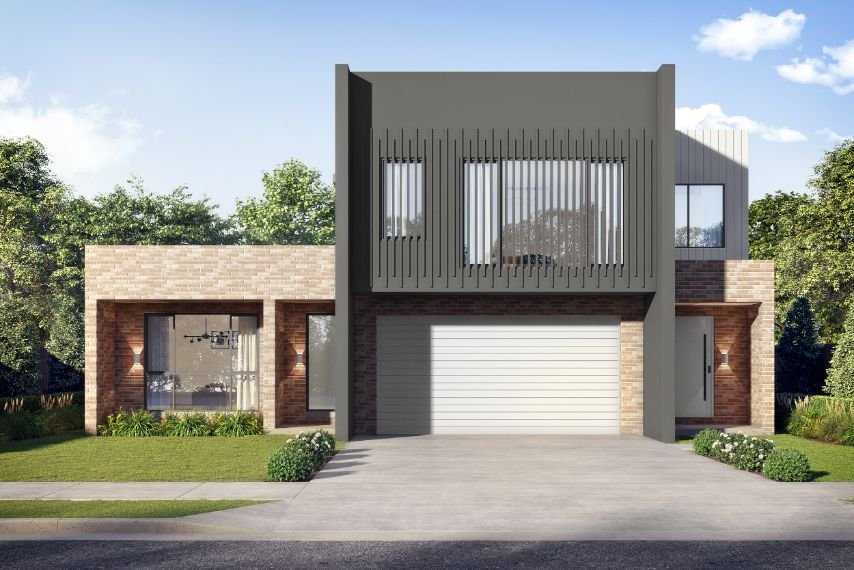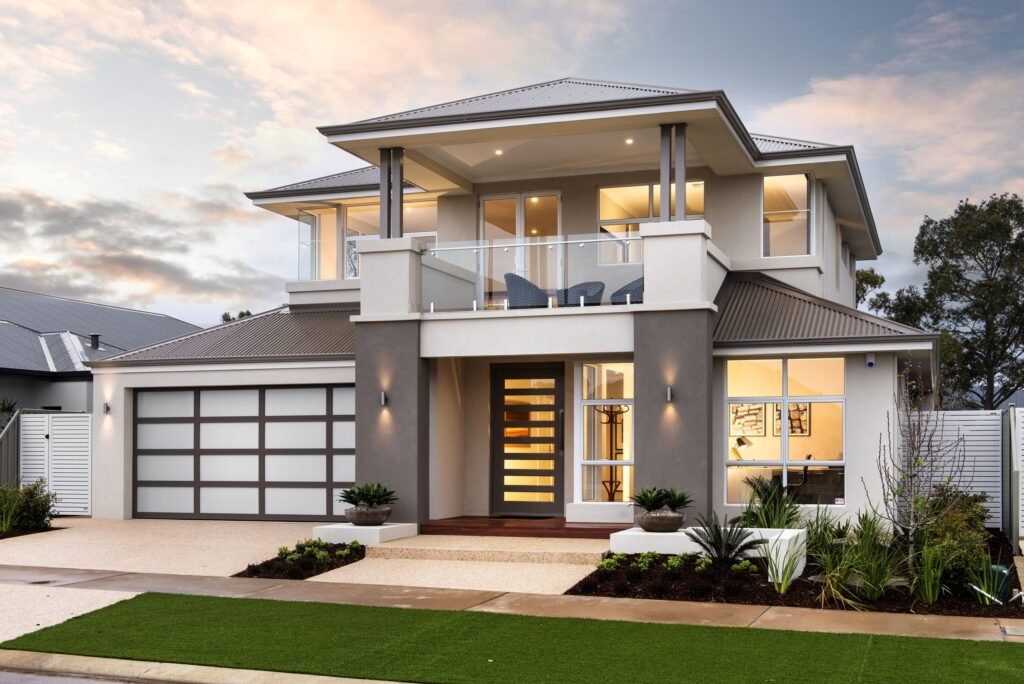Since 2022, the Australian real estate market has been adapting to significant economic changes, although Aussies are in luck as expectations of a cash rate decrease are predicted to emerge in mid-2025. Current rates are aimed at controlling inflation itself, continuing to pose substantial borrowing costs and creating challenges for potential homeowners looking to enter the game. Moreover, sustainability has gained a highlighted spotlight, becoming considerably important, with eco-friendly materials and energy-efficient practices holding a major influence towards buyers. As environmental consciousness is prioritised, developers are therefore focusing on changes to their properties to appeal to the competitive scheme of the market.

The current cash rate since mid-2023 continually stands at 4.3 per cent, as determined by the Reserve Bank of Australia. Forecasts indicating a potential decrease in RBA rates by 0.25 per cent to 4.1 per cent sought to cut by 2025. Driven by inflationary pressures and the desire to stabilise the Australian economy, one cut per quarter is also anticipated until the cash rate reaches 3.1 per cent in early 2026. Such changes are forecasting support for borrowing as well as investing.
Lower rates typically reduce mortgage costs, opening up the market to buyers as more affordable. With every positive outcome comes a negative with the affordability of properties set to increase the properties in Demand, which can potentially lead to higher property prices listed by Real Estate.

The Australian Government has implemented a National Energy Productivity Plan to boost competitiveness, manage costs of living as well as reduce greenhouse emissions with an expected 40 per cent improvement by 2030. An Analysis performed by Domain Group uncovered that Home buyers are willing to pay up to 53 per cent more for sustainable houses than traditional properties in some suburbs across the country.
This willingness to pay a premium price for sustainable features can drive up the overall market value of eco-friendly homes. Sellers can leverage this demand, resulting in higher asking prices for sustainable properties. Buyers’ willingness to pay premium amounts for sustainable features can drive the market value of eco-friendly homes. Sellers can leverage this demand, asking for almost double the original asking price, all due to sustainability.

As new buyers navigate the evolving real estate market amidst the rising inflation, they are faced with challenges and opportunities. High borrowing costs and inflationary pressures may complicate entry into the market, although the anticipated ease provides a positive outlook and entry into the market followed by relief. Long-term opportunities look to rise within the continuous development of more sustainable homes across Australia, striving for a better planet as well as economy.
By staying informed on market trends and government incentives, Aussie buyers of all ranges can position themselves into a strategy that ultimately helps them plan to overcome the challenges and secure a future home or even investment property. Through the engagement of Real Estate professionals who deeply understand the market and the future of home owning they can provide valuable insights to help navigate the roller coaster of a ride in more simpler terms.